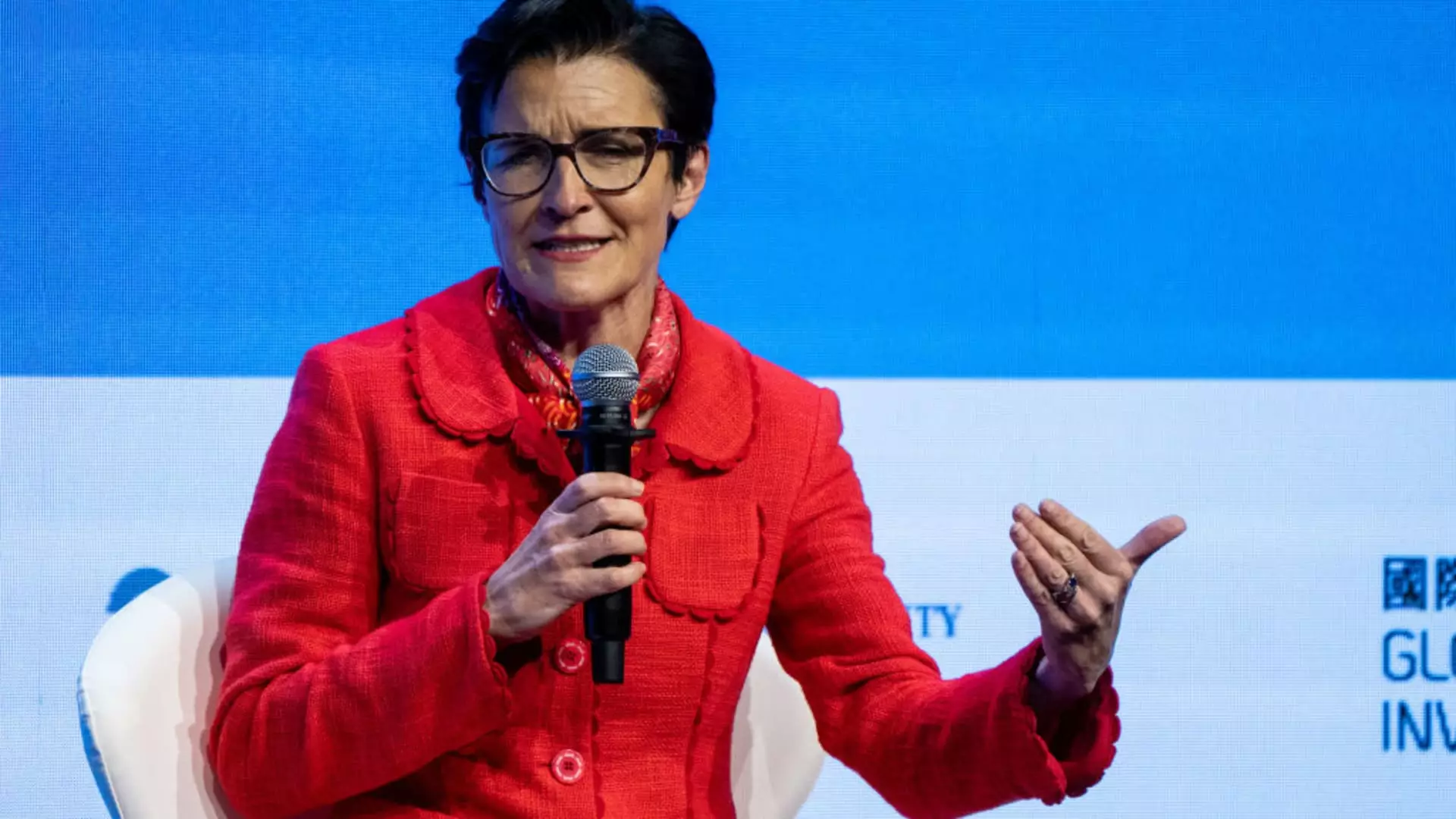The current economic landscape in America, as highlighted by Citigroup CEO Jane Fraser, is one where consumer behavior has diverged significantly. Fraser spoke of a “K-shaped consumer” phenomenon, where affluent individuals continue to spend freely, while lower-income Americans have become more cautious with their consumption habits. This divide is exacerbated by the inflation of goods and services, which has made life harder for many individuals in the country.
Challenges Faced by Low-Income Consumers
Fraser noted that the growth in spending has mainly come from affluent customers in recent quarters, indicating a higher level of discretionary income among the wealthy. In contrast, the lower-income segment of the population is feeling the burden of increased costs of living and rising inflation rates. Despite having employment opportunities, these individuals are struggling with higher debt servicing levels compared to the past. This disparity in financial stability is a concerning trend that reflects the broader economic inequalities present in society.
The Dilemma of Rising Interest Rates
The stock market’s performance is closely tied to the Federal Reserve’s decisions on interest rates, particularly in the current context of 11 consecutive hikes. The looming question now is when the central bank will begin easing interest rates, given the strong employment figures and persistent inflation trends. The delayed timeline for rate adjustments means that Americans will have to contend with elevated rates on credit card debt, auto loans, and mortgages for an extended period. Fraser expressed a desire for economic conditions that would allow for earlier rate reductions, highlighting the challenges of achieving a “soft landing” – a term used to describe reducing inflation without causing an economic downturn.
This analysis reveals the intricate challenges faced by consumers in America due to inflationary pressures and financial disparities. As the economy navigates through uncertainties surrounding interest rates and inflation, it is crucial to address the widening gap between affluent and low-income individuals. Policy interventions and financial strategies must be tailored to support those most vulnerable to economic shocks, ensuring a more equitable and resilient society for all.


Leave a Reply